
Arundo Donax. Garden Grasses for Sale UK. Letsgoplanting.co.uk
Giant reed is a large, clumping, perennial grass with hollow stems that are 1/4 to 2 inches thick (Figure 2). The stems have a cane-like (Figure 3) appearance that is similar to bamboo. Mature stands are typically 12 to 16 feet in height, but stands over 20 feet high have been reported. Leaves typically have a stiff or erect habit, are.

Washington State Noxious Weed Control Board
Giant reed and common reed, a native grass distributed across most of the United States, can be difficult to distinguish. Proper identification of giant reed is essential before implementing control measures . Giant reed is a tall, erect, perennial graminoid. It is the.
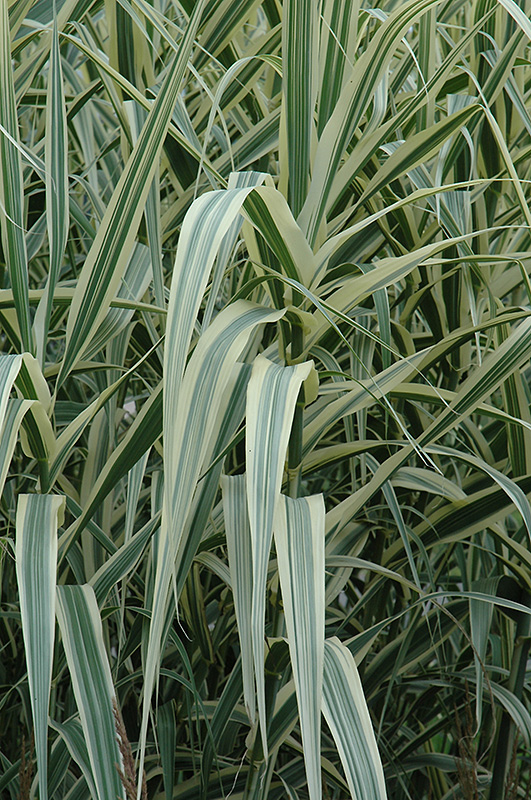
Peppermint Stick Giant Reed Grass (Arundo donax 'Peppermint Stick') in
Synonyms and Other Names: Giant cane, bamboo reed, giant reed grass, Arundo grass, donax cane, bamboo cane (Oakins 2001). Alaniz MA, Davis MR, Nibling FL, Deloach CJ (2004). Canopy Spectra of Giant Reed and Associated Vegetation. J. Range Manage. 57: 561-569. Herrera, A.M., and T.L. Dudley. 2003. Reduction of riparian arthropod abundance and.

Giant reed grass' 24 foot high Outdoor gardens, Nature, Nature beauty
Looking For Giant Reed Grass? We Have Almost Everything On eBay. But Did You Check eBay? Check Out Giant Reed Grass On eBay.

PlantFiles Pictures Arundo, Striped Giant Reed, Taiwanese Reed Grass
The giant reed ( Arundo donax) is a large invasive grass that can grow up to 20 feet in height with leaves 1-2 inches wide and 2 feet tall. The roots are fleshy, and form deep masses below the soil. The giant reed flowers from August to September.

Variegated Giant Reed Grass (Arundo donax var. versicolor) My Garden Life
Arundo donax, commonly called giant reed, is a rhizomatous, perennial, warm season grass that sports a somewhat tropical appearance. In mature form, it can make a very bold ornamental statement in the landscape. It is a bamboo-like plant that is native to Europe (primarily the Mediterranean region). It has been widely planted in southern.

FileGiant reed 3645.jpg Wikimedia Commons
Habit: large grass (to 20 ft. tall), with thick, hard rhizomes, stems are cane-like,. Giant reed invades wetlands such as ditches, stream banks and lake shores. It competes for water, nutrients and sun, suppresses and excludes native vegetation which degrades wildlife habitat, increases fire risks and interferes with flood control..
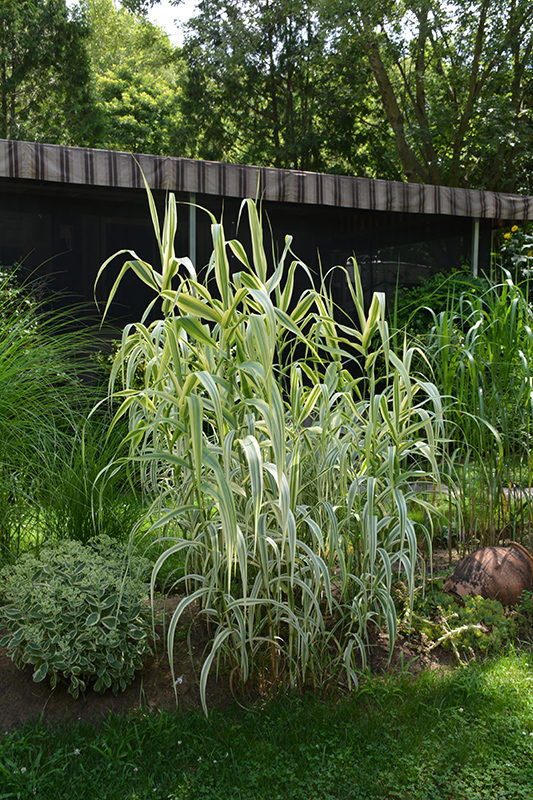
Peppermint Stick Giant Reed Grass (Arundo donax 'Peppermint Stick') in
Spanish Cane / Giant Reed grows best in wet soils. But can be grown in gravel or heavy clay soils, this can be beneficial as the root system will not spread as quickly. A moderate watering schedule is recommended for the plant for the best growth. In more arid conditions the plant will simply die back, but will regrow when its water needs are.
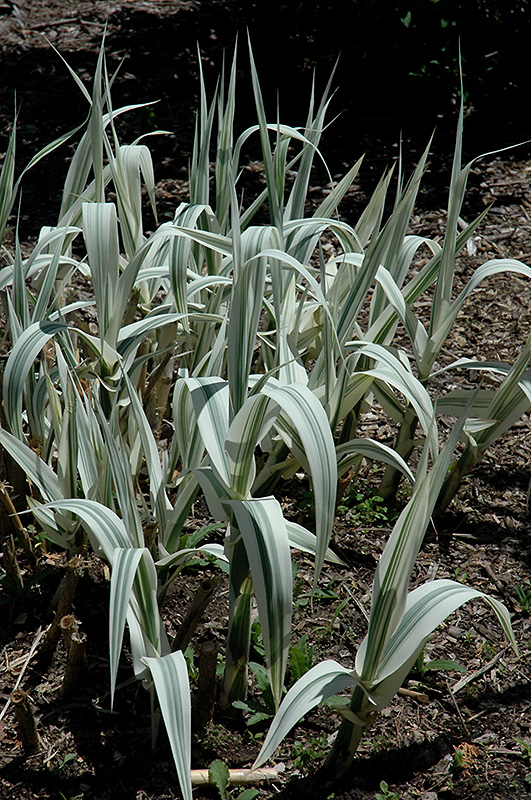
Variegated Giant Reed Grass (Arundo donax 'Variegata') in Issaquah
Giant reed (synonyms: phragmites, carrizo, giant reed, arundo grass, donax, elephant grass, Spanish cane, wild cane, oboe cane) is a bamboo-like grass with stems that grow over 20 feet tall. It is an Asian native and was cultivated for thousands of years in southern Europe, northern Africa, and the Middle East. It was introduced
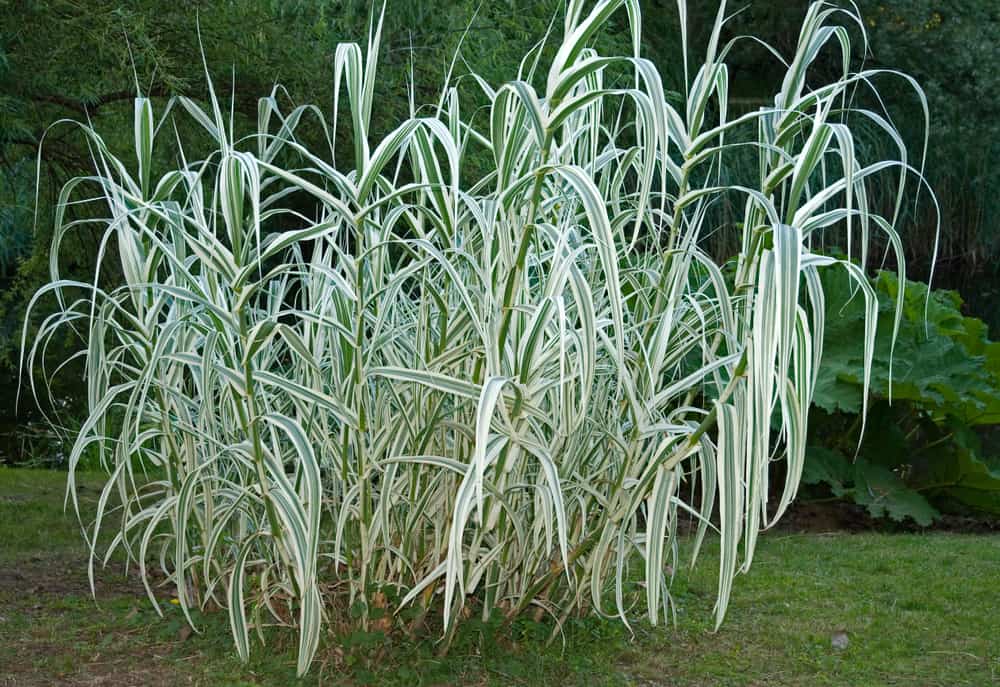
13 Easy Ornamental Grasses for Landscaping Your Garden
Giant reed, Arundo donax, is a large, fast-growing invasive grass that has invaded at least 100,000 acres of "riparian" habitat in the southwestern and southeastern U.S. and is present as far north as Ohio and Washington State. Watch this video to learn how ARS researchers are using biocontrol (insects) to reduce the presence of this invasive.

Giant Reed Stock Image B800/0238 Science Photo Library
Giant reed (Arundo donax) Giant reed. Common Names: Elephant grass, wild cane. Description: Persistent stalks should be identifiable year round; its clasping leaf bases distinguish it from similar grasses. Habit: Large, clump-forming perennial; grows from 2-8 m (6.5-26 ft) tall, forms dense monotypic stands. Leaves: Alternate, clasping, hairy.
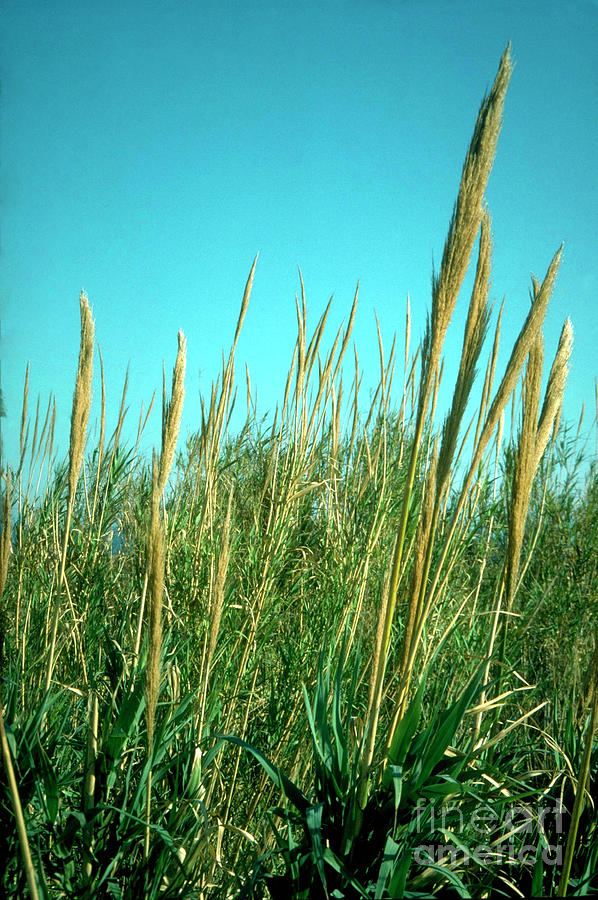
Giant Reed Photograph by Pam Collins/science Photo Library Fine Art
Arundo donax is a tall perennial cane.It is one of several so-called reed species. It has several common names including giant cane, elephant grass, carrizo, arundo, Spanish cane, Colorado river reed, wild cane, and giant reed.Arundo and donax are respectively the old Latin and Greek names for reed.. Arundo donax grows in damp soils, either fresh or moderately saline, and is native to the.

Peppermint Stick Giant Reed Grass An elegant, bamboolike plant grown
Giant Reed Grass, also known as wild cane, is a tall, perennial, bamboo-like grass that prefers stream banks and other wet areas. It has the ability to flourish in a wide variety of soils, including coarse sands, gravelly soil, heavy clay, and river sediment. Giant reed attains heights of 25 feet and once established its roots - called rhizomes.

Arundo donax Rhizome Giant Reed Plant on Mercari Reeds plants, Plants
Giant reed grass is one of the tallest ornamental grasses in the Poaceae family native to the Mediterranean and eastern Asia. It was introduced to the US in the 1800s for erosion control because it spreads by rhizomes holding the soil. It grows up to 30 to 40 feet tall rapidly and can quickly crowd out native plants.

Giant Reed Nonnative Invasive Plants of Southern Forests A Field
The currently accepted scientific name of giant reed is Arundo donax L. (Poaceae), the largest and most aggressive member of the three species of the genus Arundo, in the arundo tribe (Arundineae) along with common reed (Phragmites australis or Phragmites communis) and pampas grass (Cortaderia).There are several recognized varieties, including A. donax var. donax, A. donax var. versicolor (Mill.)
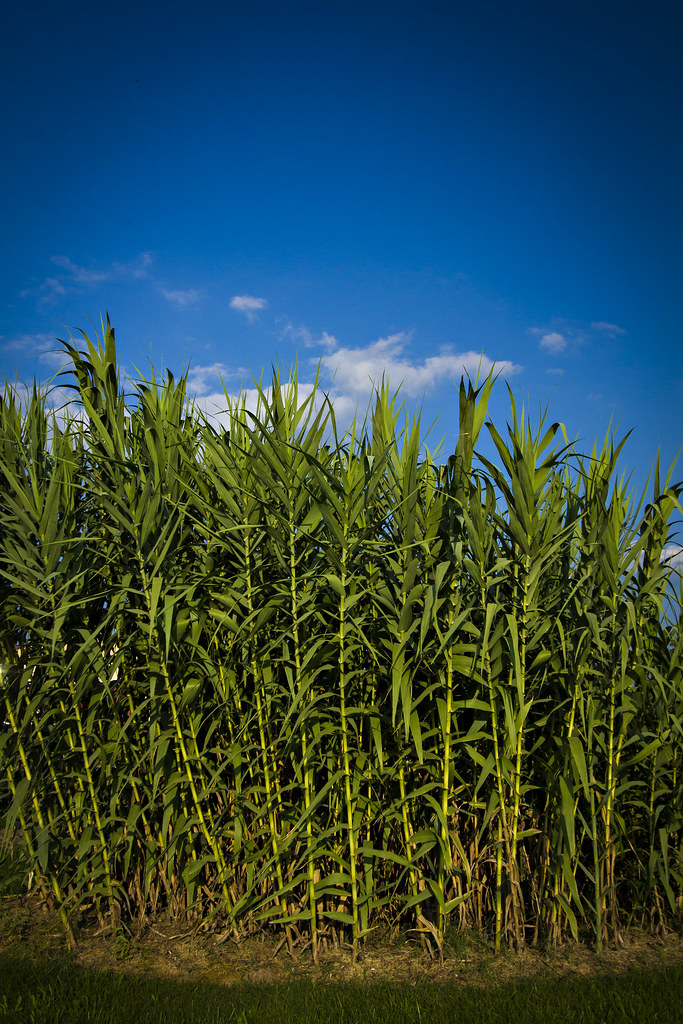
giant reed grass_southwest research center_0007 Images fro… Flickr
Giant reed, also known as wild cane, is a tall, perennial grass that can grow to over 20 feet in height. Its fleshy, creeping rootstocks form compact masses from which tough, fibrous roots emerge that penetrate deeply into the soil. Leaves are elongate, 1-2 inches wide and a foot long. The flowers are borne in 2-foot long, dense, plume-like.